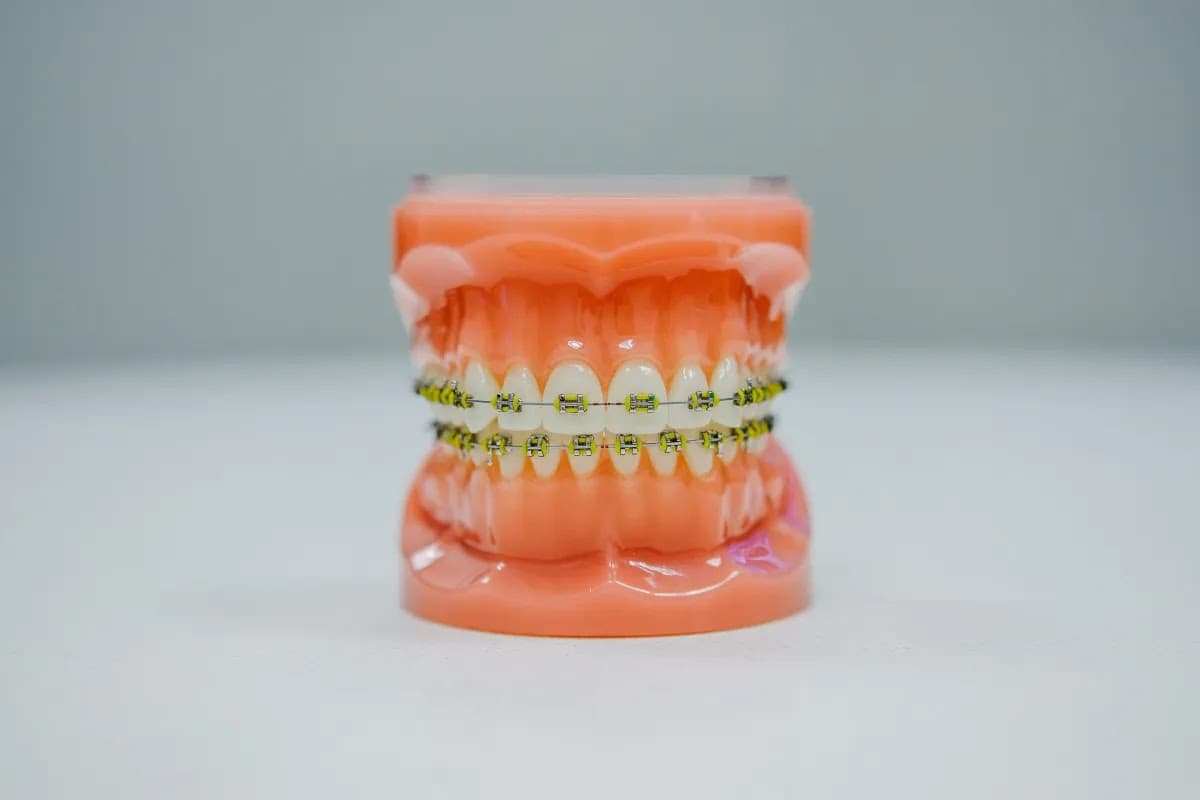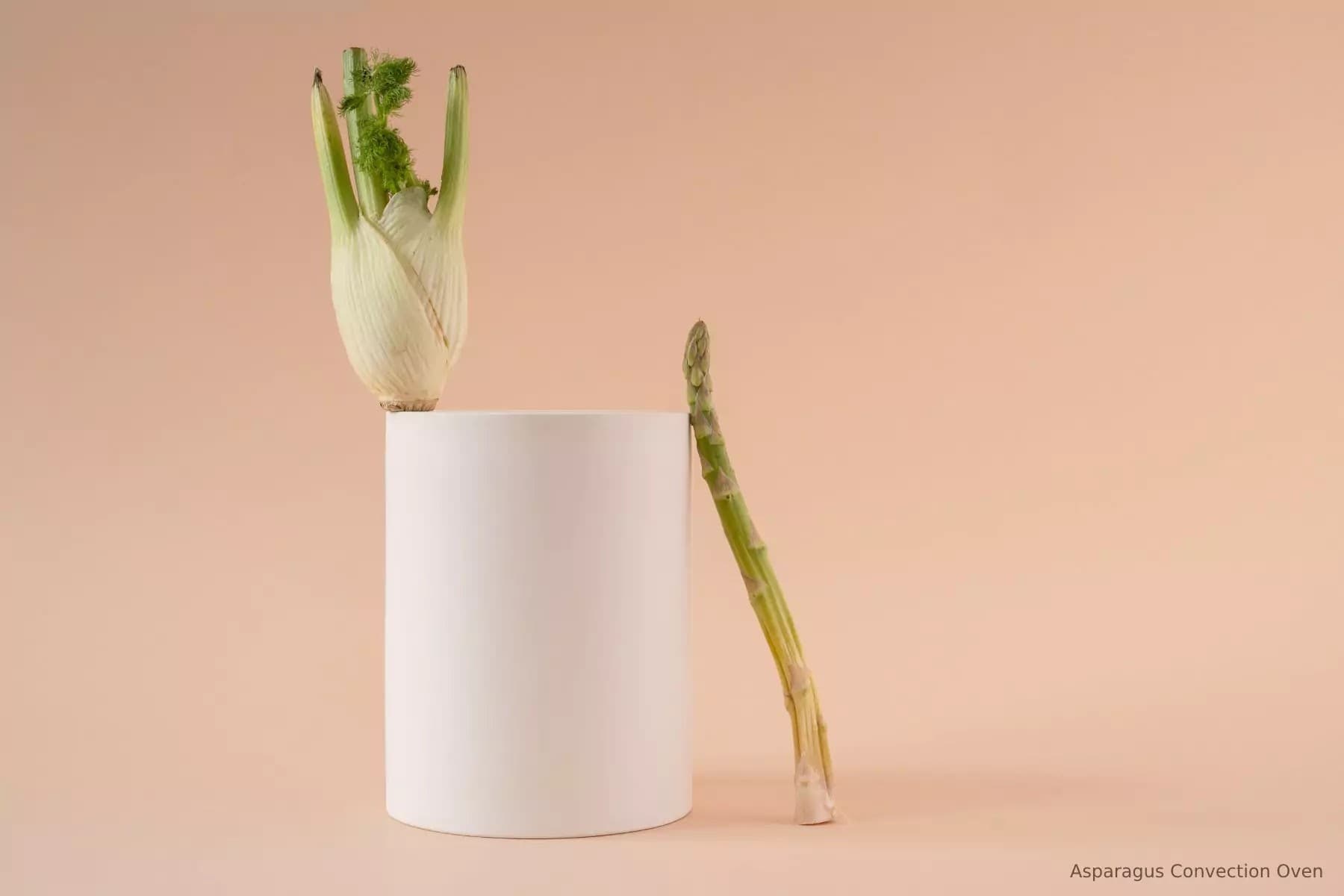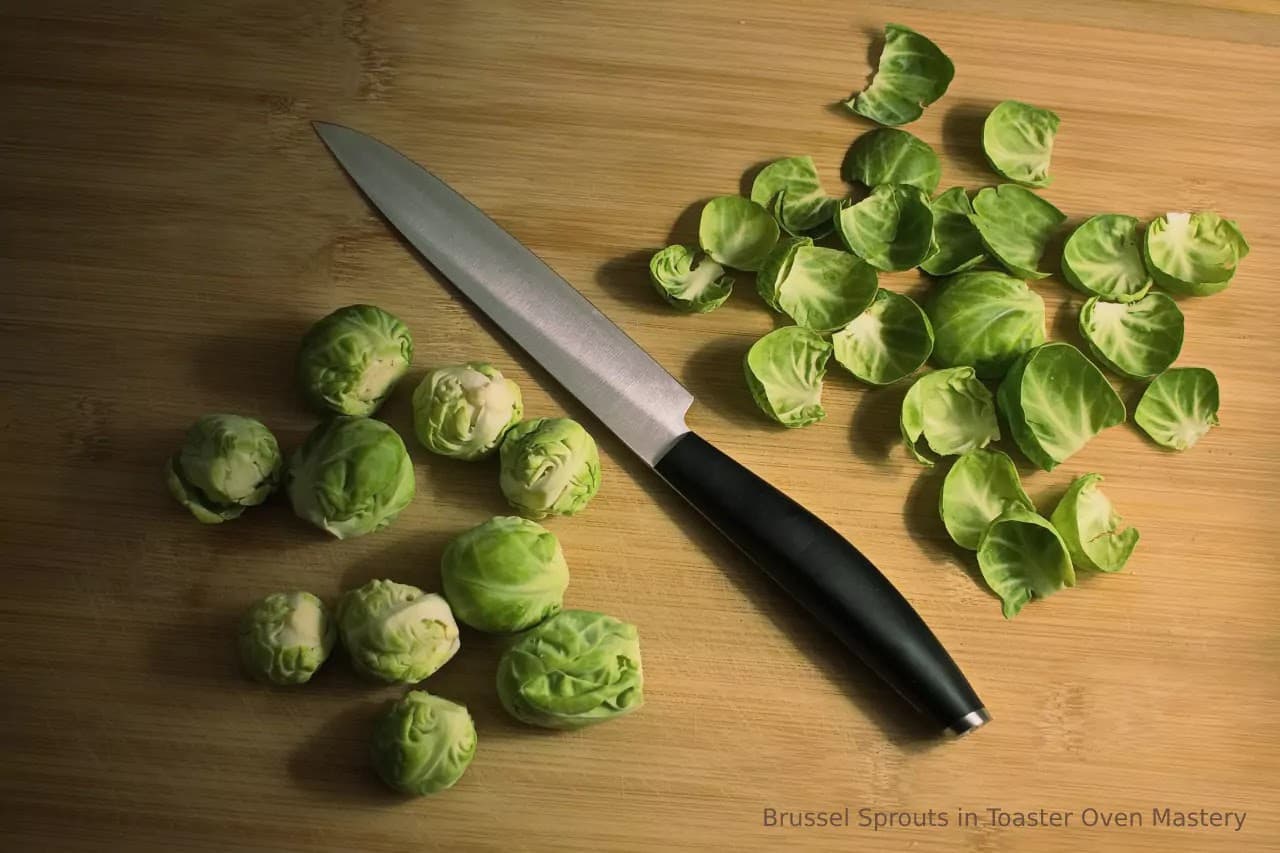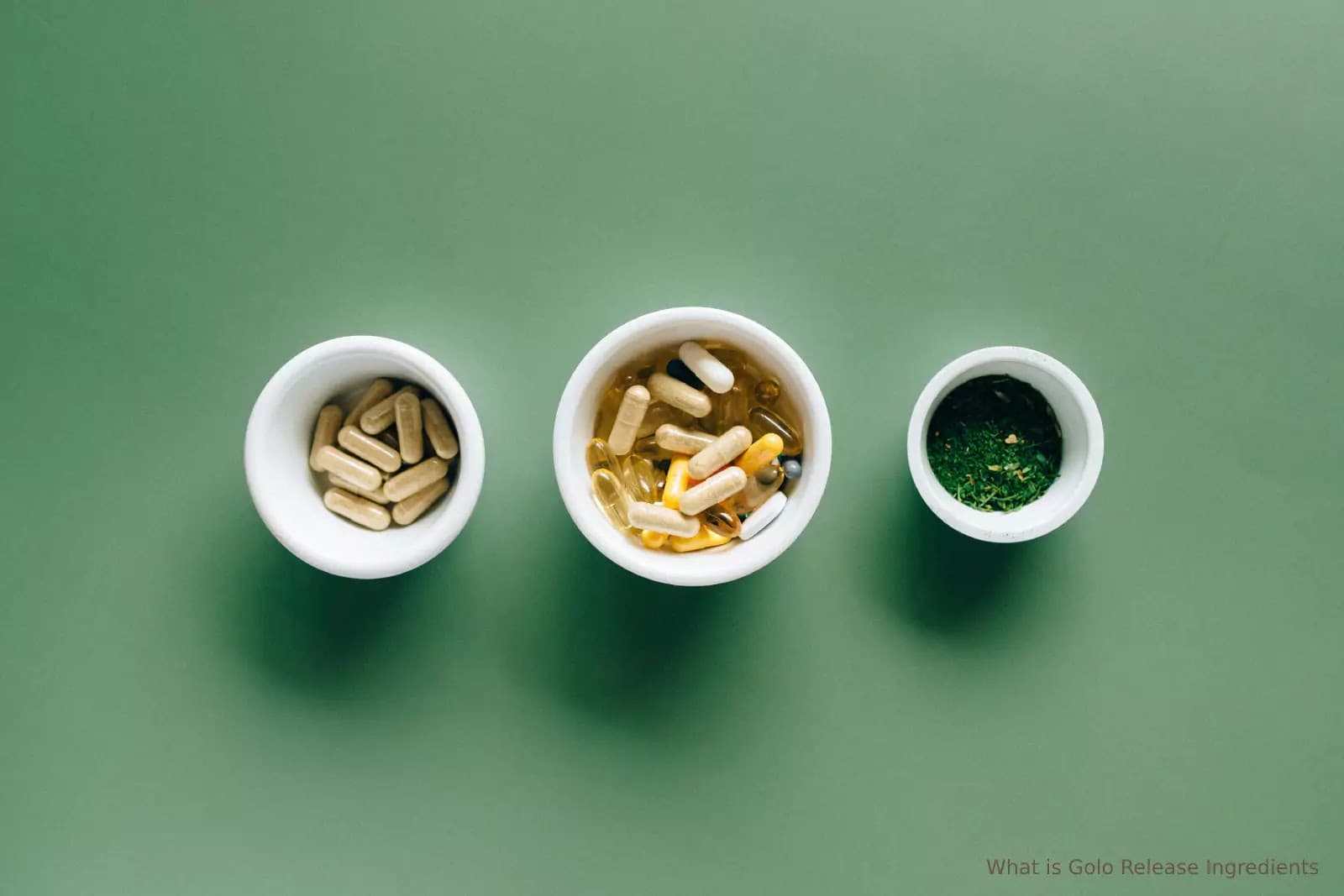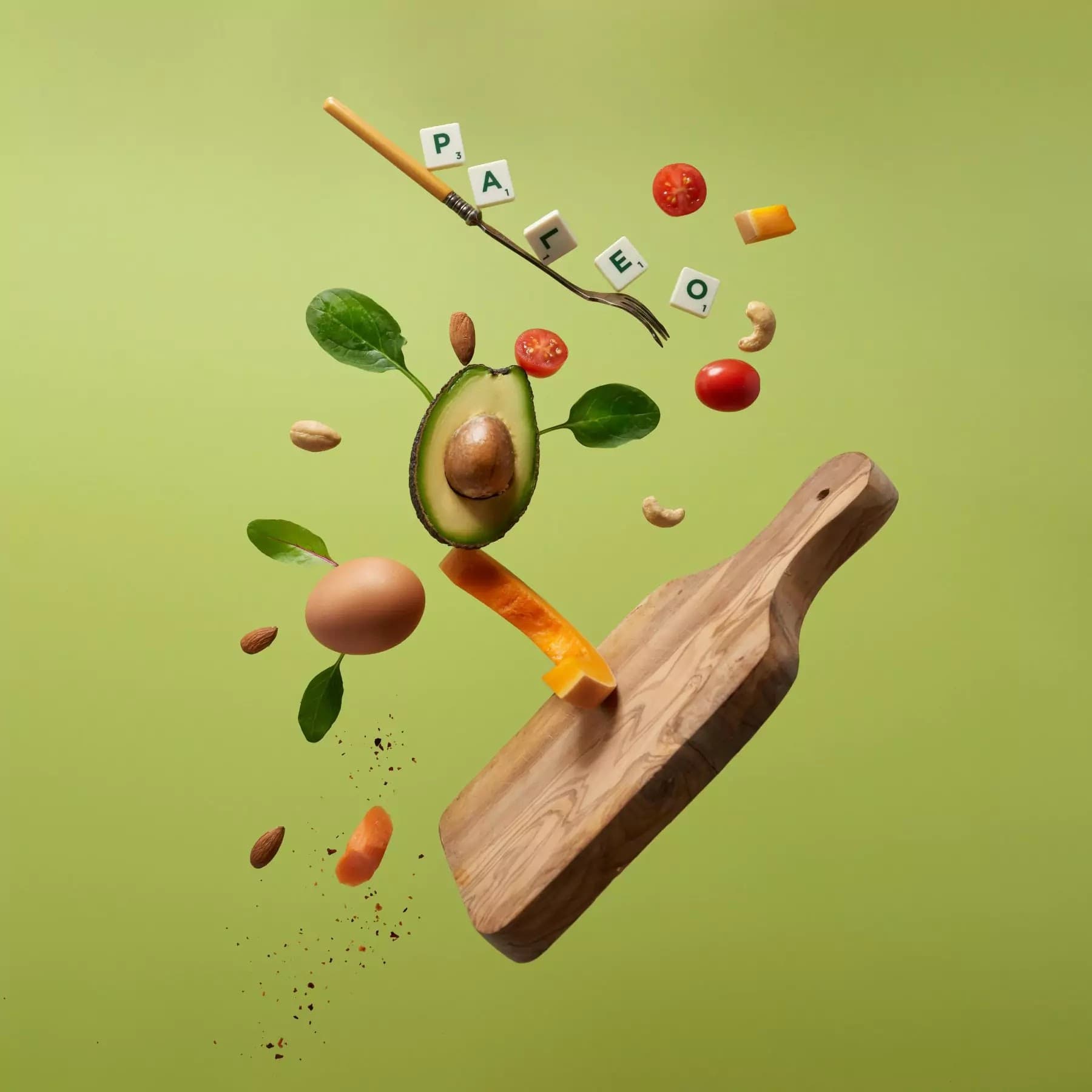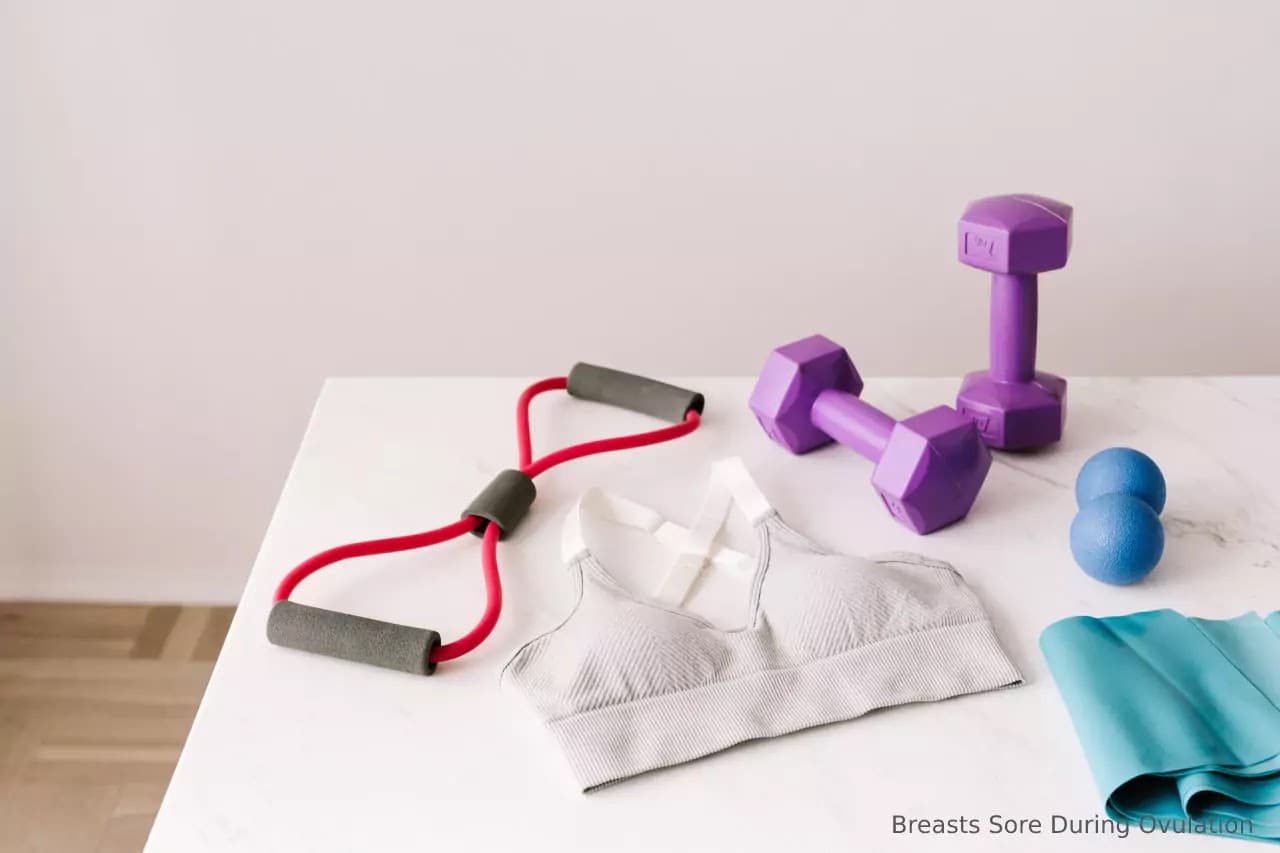Is Toasted Bread Healthier? | Bread Lovers
Jul 27, 2024 12:00 AM
Health
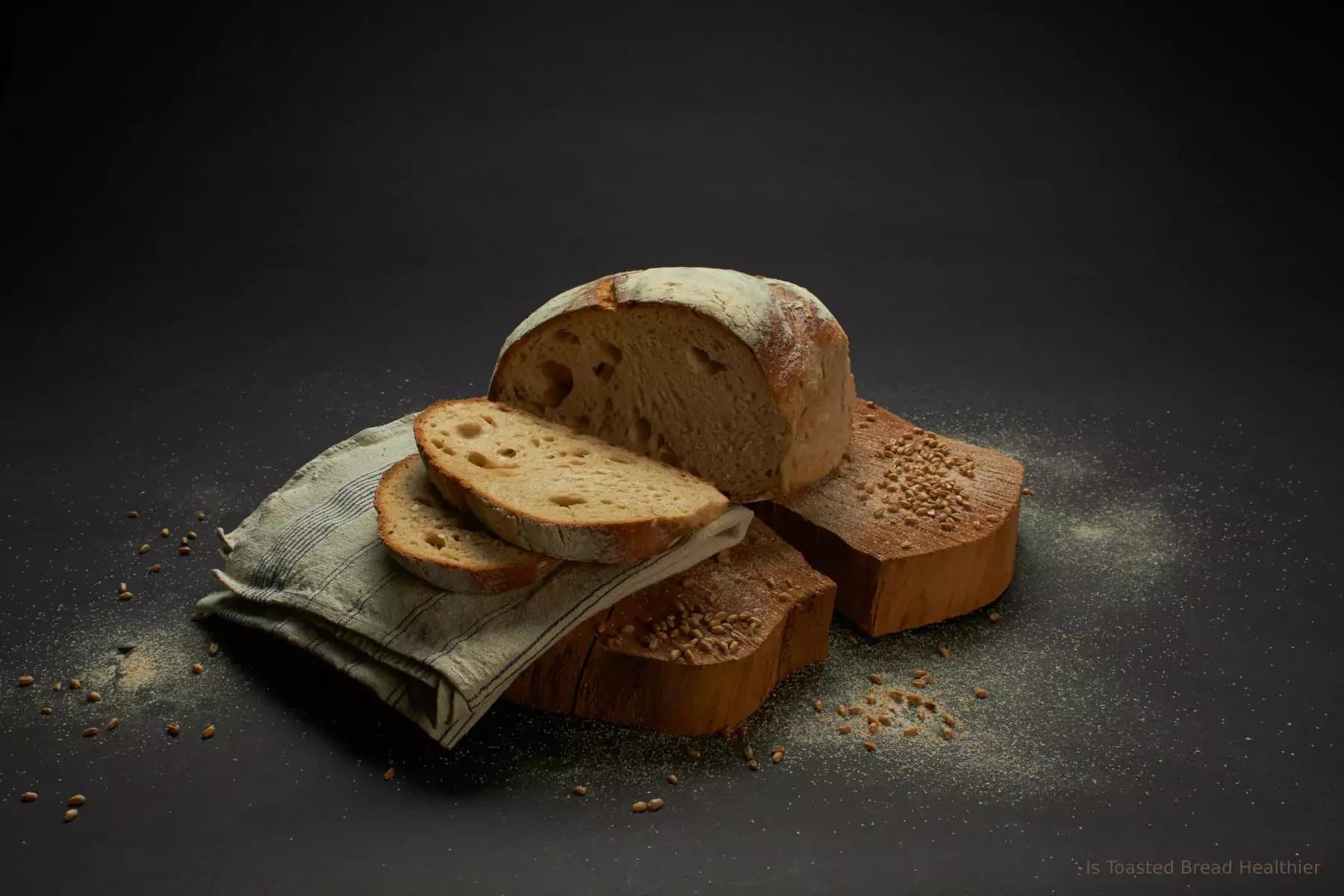
Wellnession.com - Is toasted bread healthier? Opting for either toasted or untoasted bread often boils down to personal preferences in taste and texture. The process of toasting bread involves a chemical reaction where certain molecules, particularly carbohydrates, undergo a breakdown, accompanied by a reduction in water content. This chemical transformation suggests that toasting might offer not only a change in texture but also potential health benefits, potentially rendering the bread more easily digestible. The decision to toast or not becomes a nuanced choice, intertwining culinary enjoyment with potential health considerations.
Table of Contents
Is toasted bread a healthier option compared to untoasted bread?
The healthiness of toasted versus untoasted bread depends on various factors and individual dietary preferences. Here are some considerations:
Toasting Pros:
-
Texture and Taste: Many people prefer the texture and taste of toasted bread. The process of toasting can enhance the flavor, providing a slightly nutty and crispy profile that appeals to many.
-
Digestibility: Some individuals find that toasting bread makes it easier to digest. The toasting process breaks down certain molecules (carbohydrates) and reduces the water content, potentially aiding digestion for some individuals.
-
Extended Shelf Life: Toasting can contribute to a longer shelf life by removing moisture, inhibiting the growth of mold, and extending the freshness of the bread.
Toasting Cons:
-
Potential Nutrient Loss: Toasting may cause minor nutrient loss due to heat exposure. However, the impact is generally minimal, and essential nutrients like fiber can still be retained.
-
Formation of Acrylamide: Excessive toasting or browning can lead to the formation of acrylamide, a potentially harmful compound associated with overcooked or burnt foods. Acrylamide has been linked to certain health concerns, so it's advisable to avoid excessive browning.
Untoasted Pros:
-
Preservation of Nutrients: Untoasted bread retains its original nutrient content without exposure to high heat. This is especially relevant for bread made from whole grains, which are rich in fiber, vitamins, and minerals.
-
Lower Acrylamide Risk: Untoasted bread poses a lower risk of acrylamide formation compared to heavily toasted or burnt bread.
Untoasted Cons:
-
Shorter Shelf Life: Untoasted bread may have a shorter shelf life compared to toasted bread due to its higher moisture content, making it more susceptible to mold growth.
-
Preference Factor: Some individuals may find untoasted bread less appealing in terms of taste and texture.
|
Summary Whether toasted or untoasted bread is a healthier option depends on personal preferences, dietary needs, and specific health considerations. Including a variety of bread types, such as whole-grain or artisanal options, can offer a balanced approach to meet both nutritional and taste preferences. Moderation and mindful consumption are key factors in making bread a wholesome part of a well-rounded diet. |

